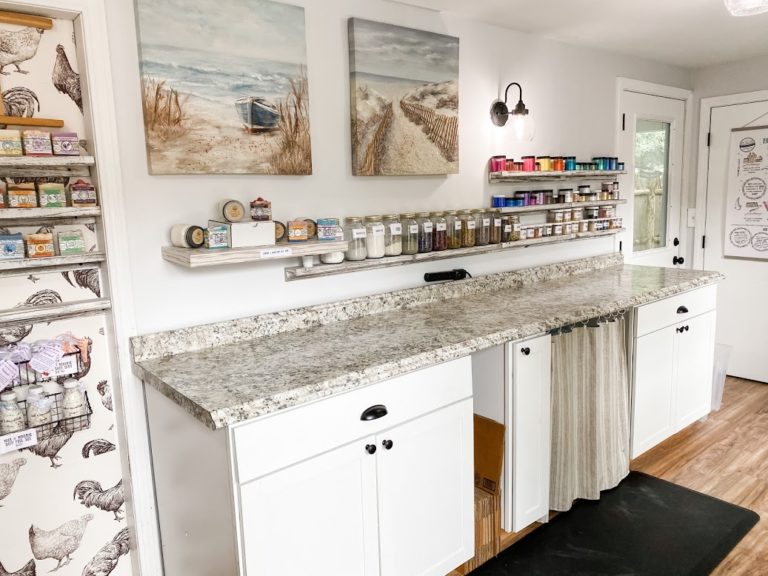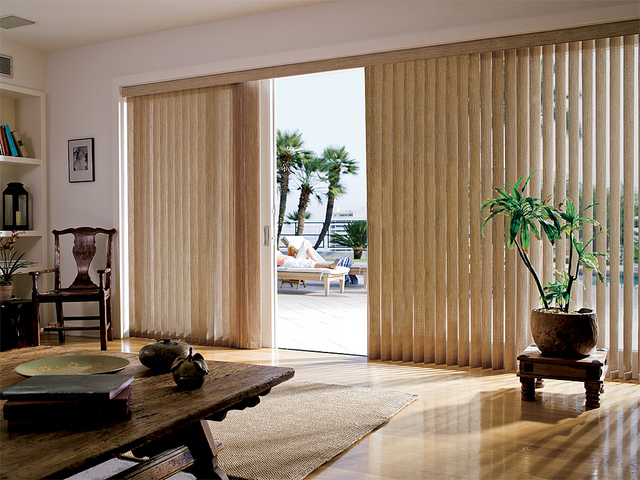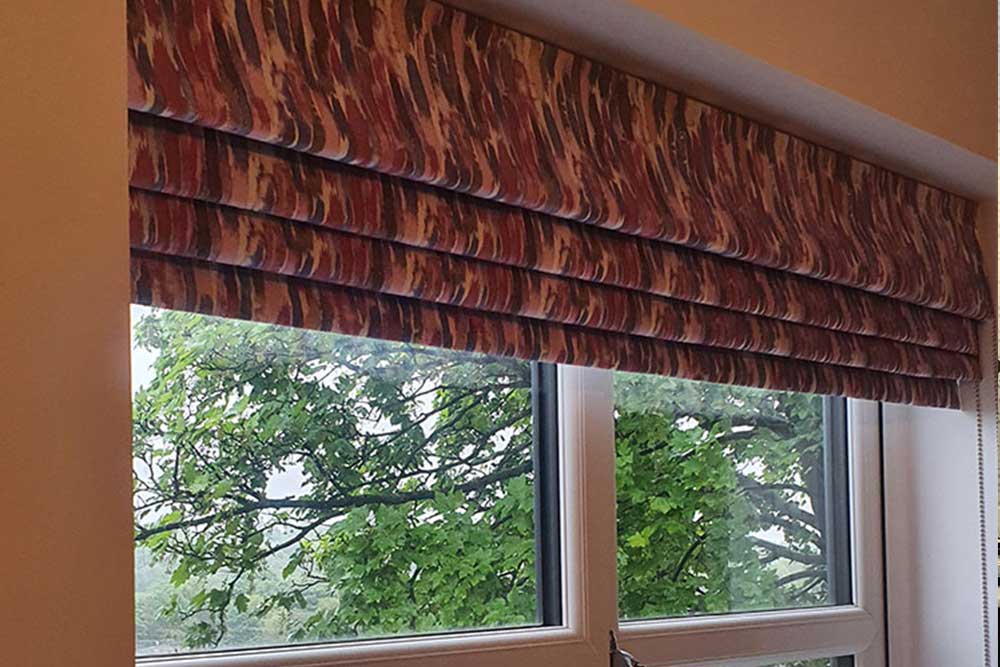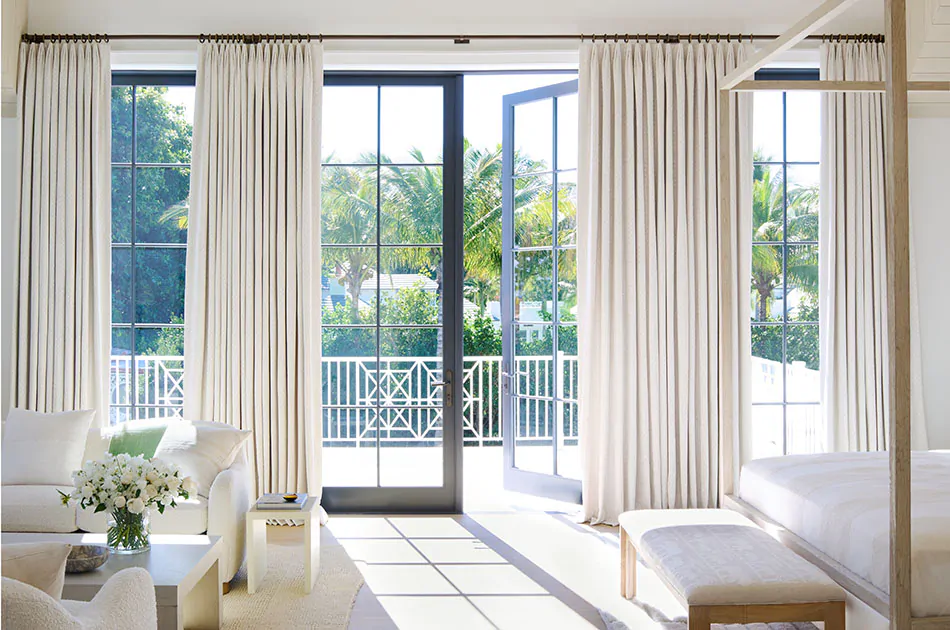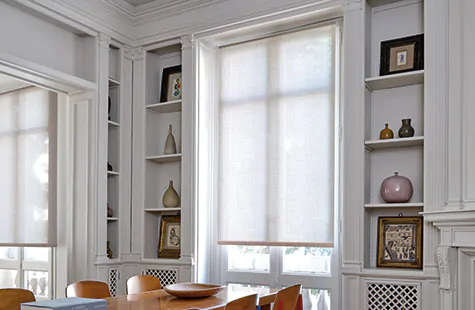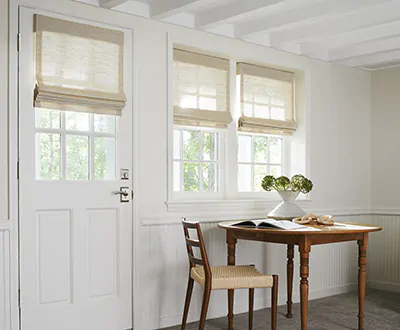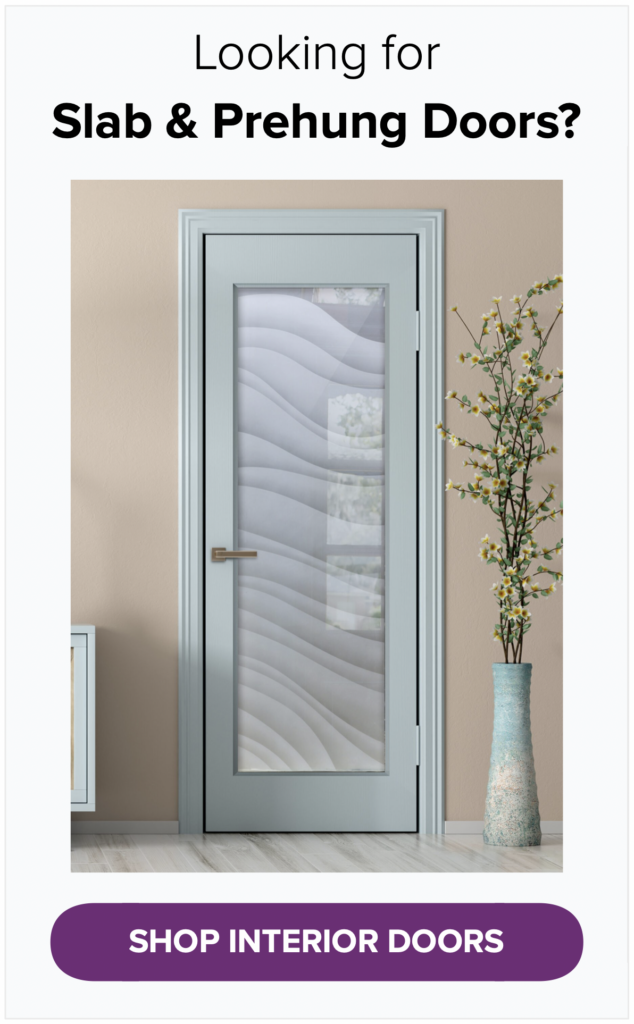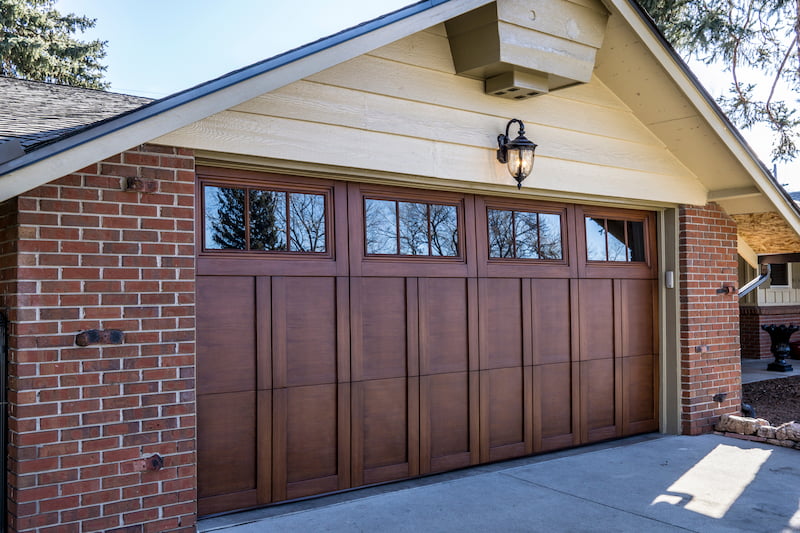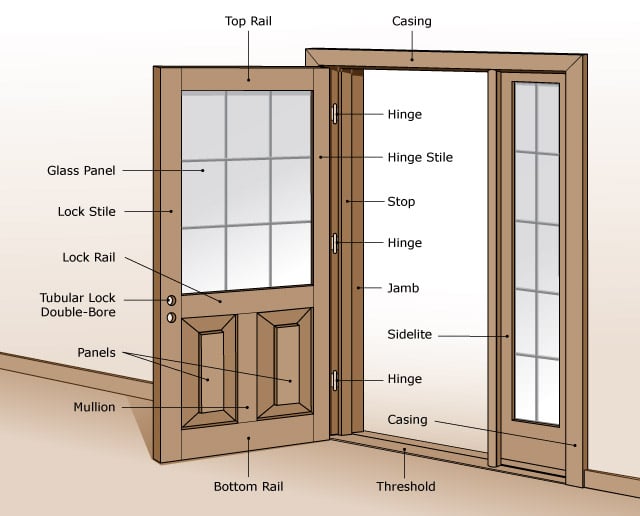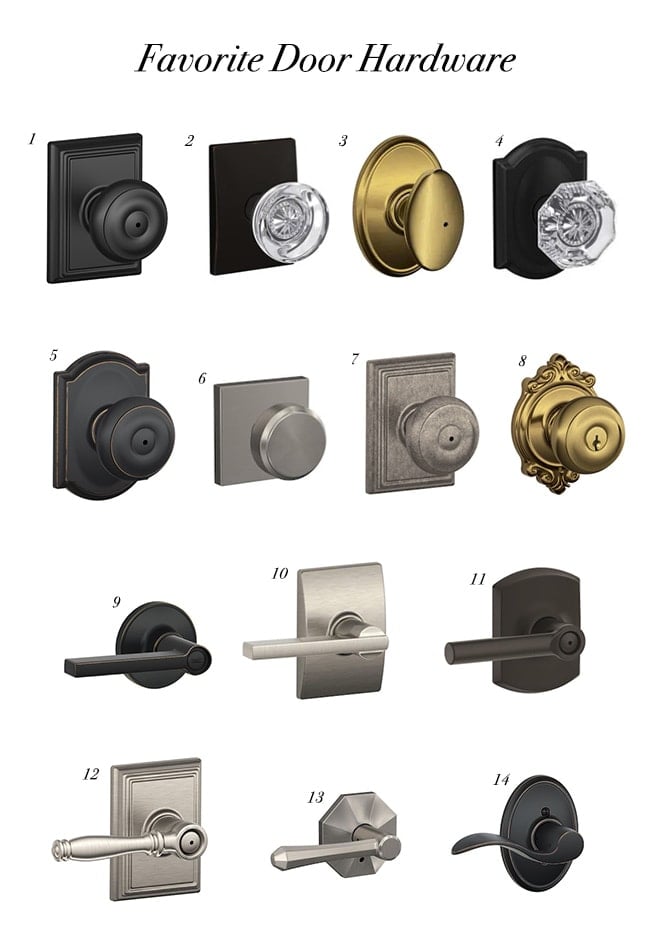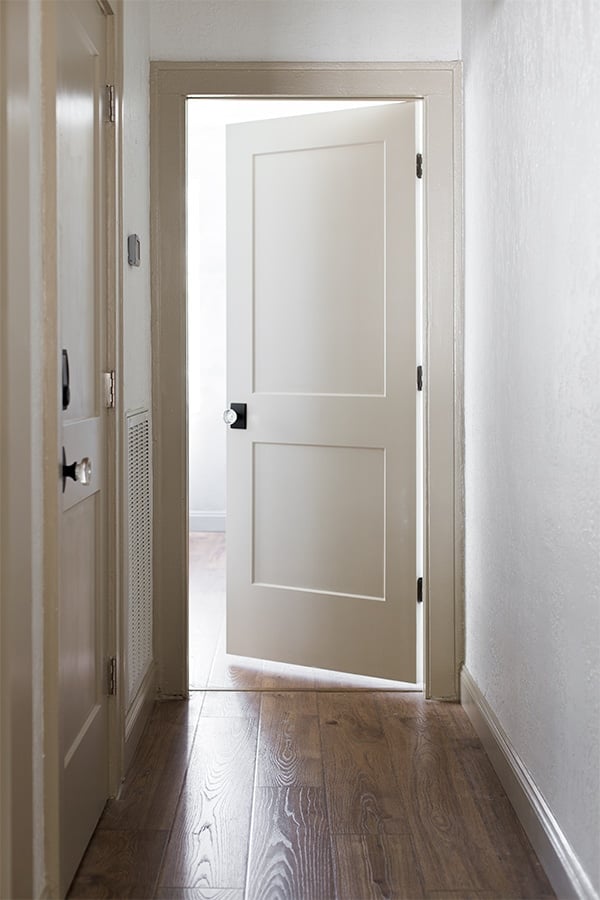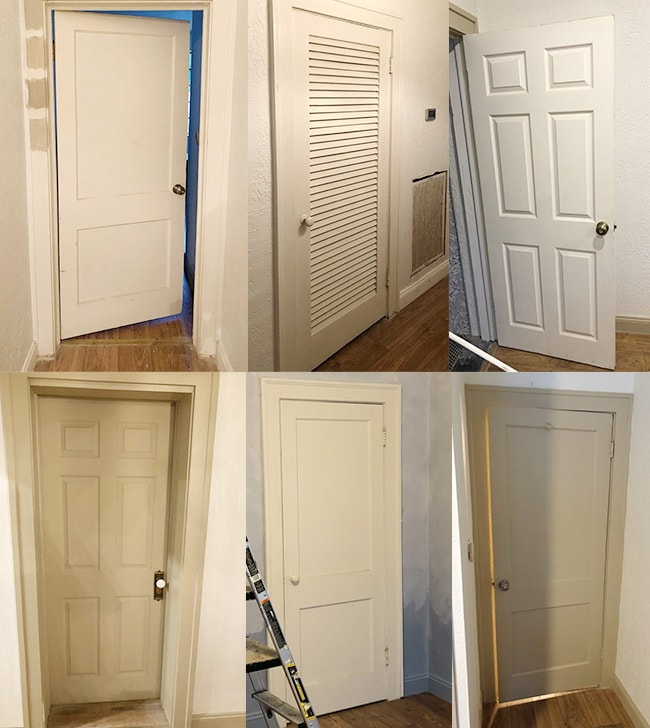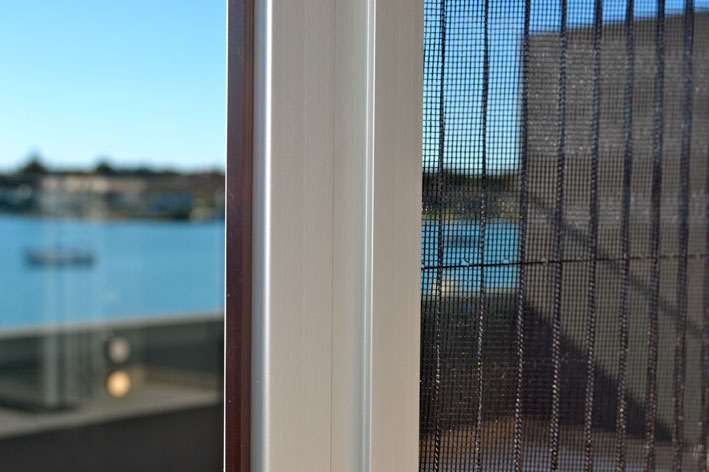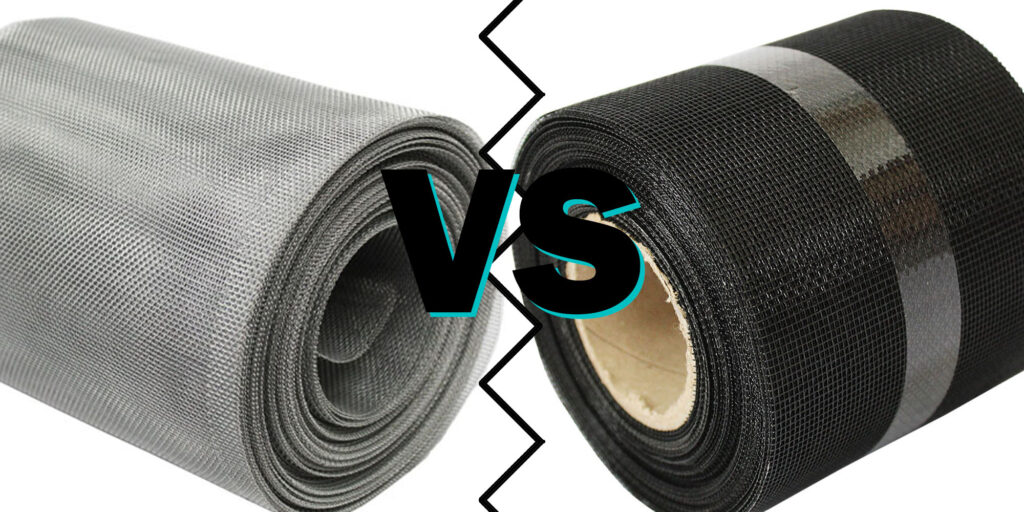
Windows are the eyes of your home, and just like eyes, they need the right treatment. That’s where window blinds come in. They’re not just about blocking light; they’re about enhancing your home’s aesthetic, providing privacy, and even improving energy efficiency. This guide will walk you through everything you need to know about choosing and installing the perfect blinds for your windows.
Why Choose Window Blinds?
Before diving into the details, let’s explore why blinds are a fantastic choice for any home:
- Versatility: Blinds come in a wide range of styles, materials, and colors, making them suitable for any decor.
- Light Control: Adjusting the slats allows precise control over the amount of light entering your room.
- Privacy: Blinds offer excellent privacy, keeping your personal space secure.
- Energy Efficiency: Some blinds, like cellular shades, can help insulate your windows, reducing energy costs.
- Ease of Maintenance: Blinds are generally easy to clean and maintain.
Types of Window Blinds
Understanding the different types of blinds is crucial for making the right choice. Here are some popular options:
Venetian Blinds
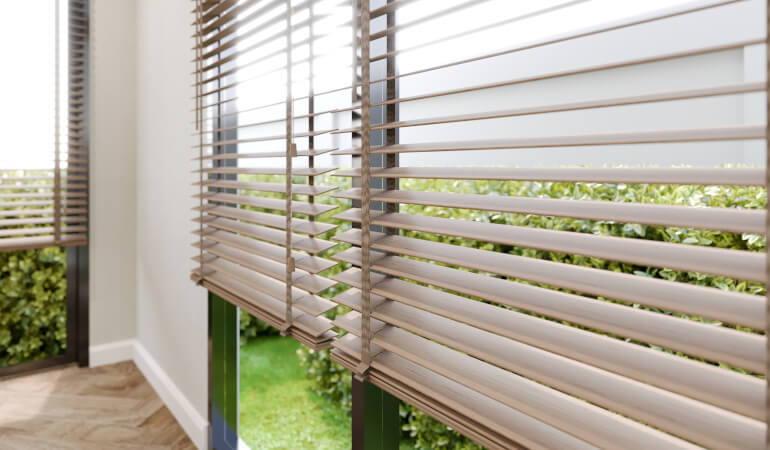
Venetian blinds feature horizontal slats that can be tilted to control light and privacy. They’re available in various materials, including aluminum, wood, and faux wood.
Vertical Blinds
Vertical blinds are ideal for large windows and sliding doors. They consist of vertical slats that can be drawn to the side or tilted. They are often made from vinyl or fabric.
Roller Blinds
Roller blinds are made from a single piece of fabric that rolls up and down. They offer a clean, minimalist look and come in a wide range of fabrics and patterns.
Cellular Shades (Honeycomb Blinds)
Cellular shades, also known as honeycomb blinds, have a unique honeycomb structure that provides excellent insulation. They’re perfect for improving energy efficiency.
Roman Blinds
Roman blinds are made from fabric that folds into pleats when raised. They offer a soft, elegant look and are available in various fabric types and patterns.
The Installation Process: Step-by-Step

Installing window blinds can be a DIY project, but it’s essential to follow the correct steps. Here’s a general guide:
- Measure Your Windows: Accurately measure the width and height of your windows.
- Gather Your Tools: You’ll need a drill, screwdriver, measuring tape, level, and pencil.
- Mark the Bracket Locations: Hold the brackets in place and mark where you’ll need to drill the holes.
- Drill Pilot Holes: Drill pilot holes to prevent the wood from splitting.
- Attach the Brackets: Screw the brackets into place.
- Install the Blinds: Insert the headrail of the blinds into the brackets.
- Test the Blinds: Ensure the blinds operate smoothly.
Professional Installation vs. DIY
While DIY installation can save money, professional installation offers several benefits:
- Accuracy: Professionals ensure precise measurements and installation.
- Time-Saving: Professional installers can complete the job quickly.
- Warranty: Many installers offer warranties on their work.
- Expertise: Professionals can handle complex installations and provide advice on the best blinds for your needs.
Choosing the Right Material
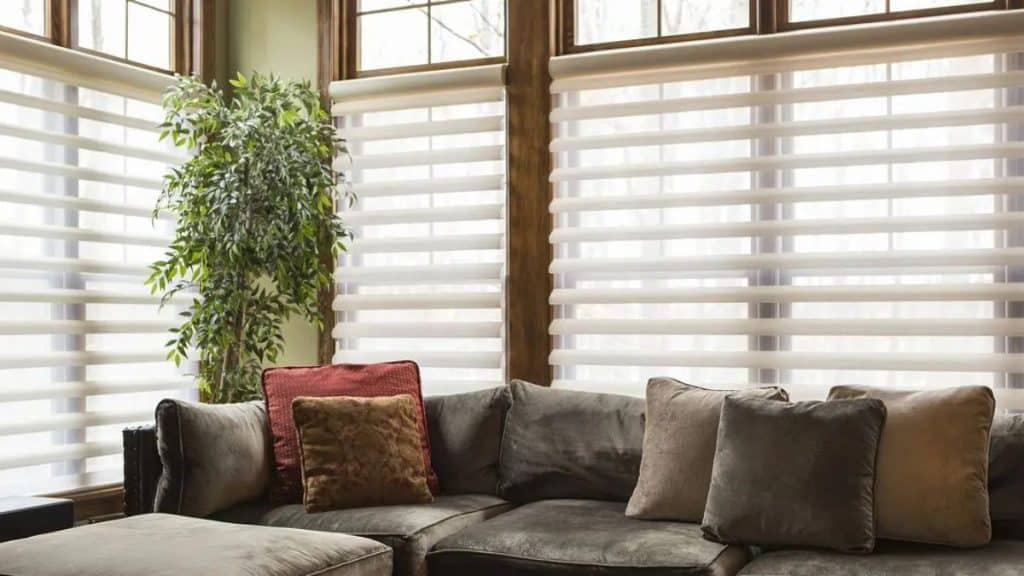
The material of your blinds impacts their durability, appearance, and functionality. Here are some common materials:
- Wood: Offers a classic, elegant look but requires proper care.
- Faux Wood: A cost-effective and durable alternative to real wood, suitable for humid environments.
- Aluminum: Lightweight, durable, and affordable, ideal for kitchens and bathrooms.
- Vinyl: Moisture-resistant and easy to clean, perfect for high-humidity areas.
- Fabric: Adds a soft, warm touch to any room, available in various textures and patterns.
Maintenance Tips
Keeping your blinds clean and well-maintained will prolong their lifespan:
- Dust Regularly: Use a soft cloth or duster to remove dust and dirt.
- Clean Stains Promptly: Wipe spills and stains immediately with a damp cloth.
- Vacuum Fabric Blinds: Use a vacuum cleaner with a soft brush attachment to clean fabric blinds.
- Check for Damage: Regularly inspect your blinds for any signs of damage and repair them promptly.
Conclusion
Window blinds are a fantastic addition to any home, offering a blend of style, functionality, and practicality. By understanding the different types, installation processes, and maintenance tips, you can transform your windows and create a beautiful, comfortable living space. Whether you choose to install them yourself or hire a professional, the right blinds can make a significant difference in your home’s overall look and feel.

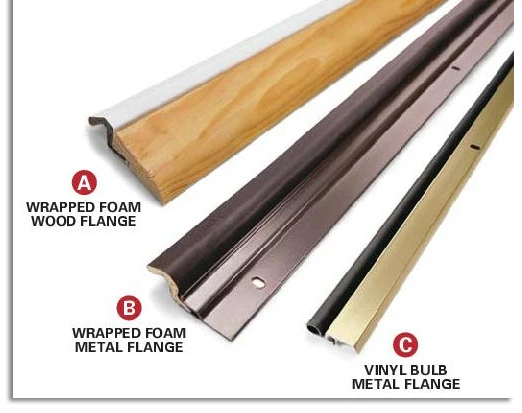


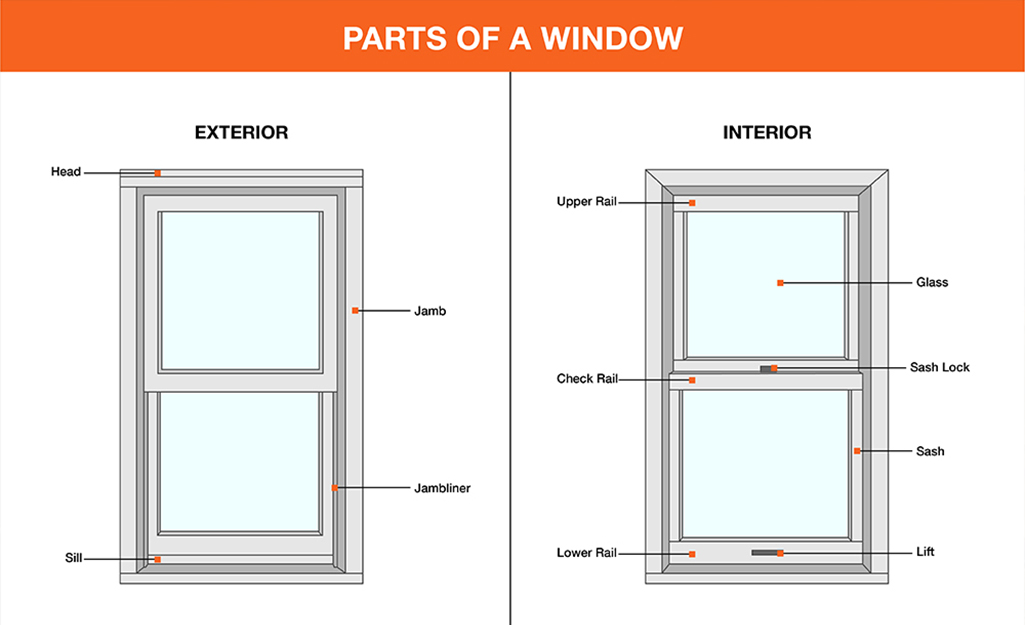


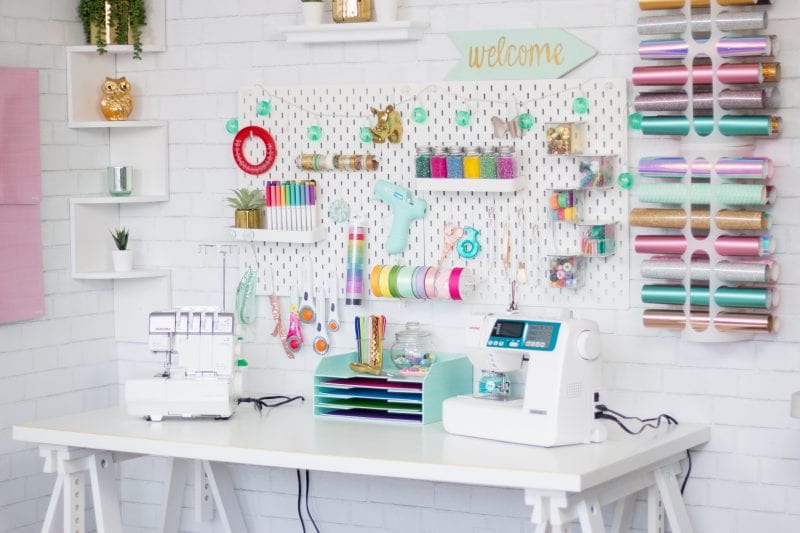
:max_bytes(150000):strip_icc()/thd-somethingturquoise-craftroom-4-mrkt-0915_vert-f8e3353507ef437b8945bc85f829608e.jpg)
